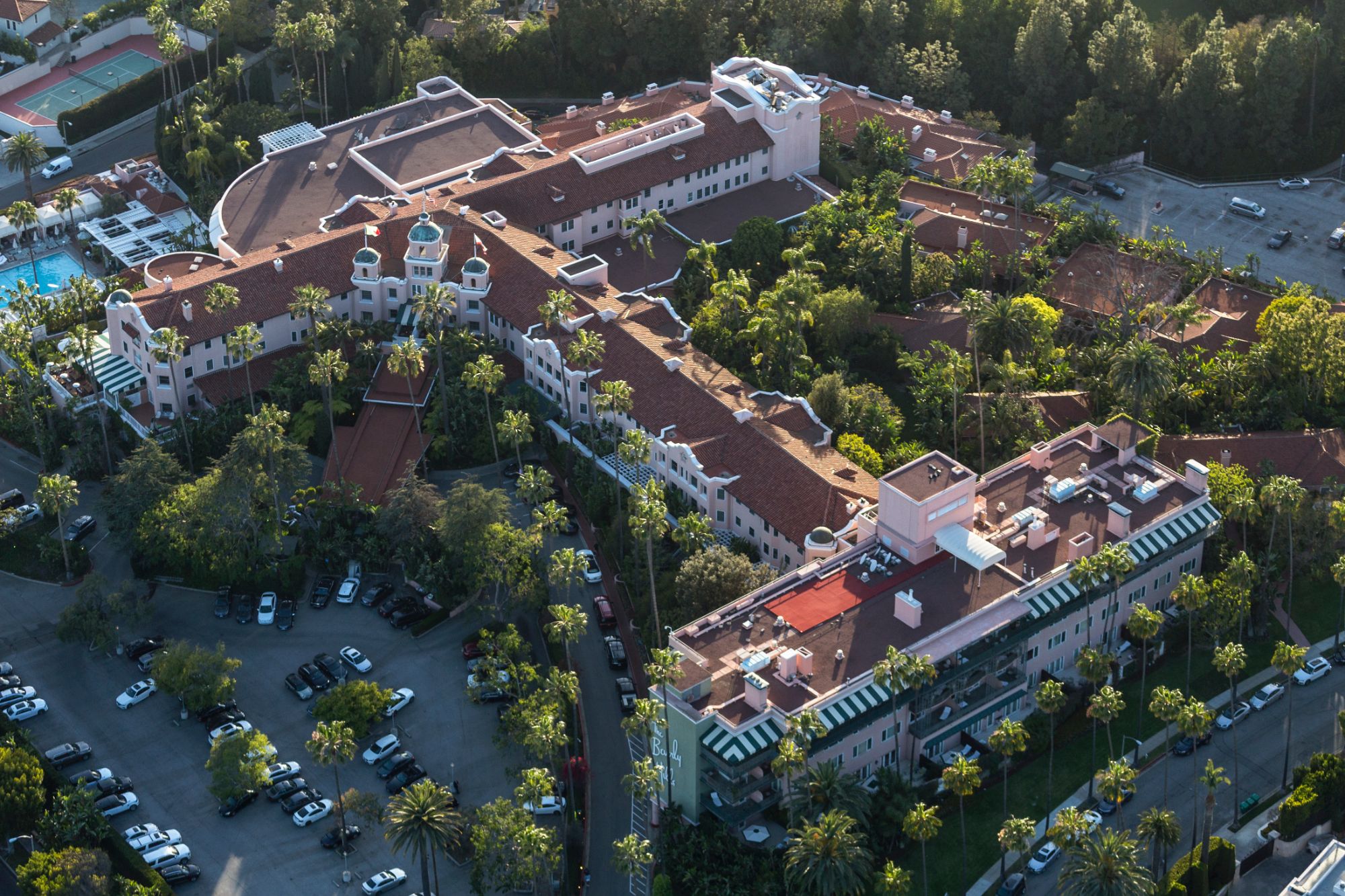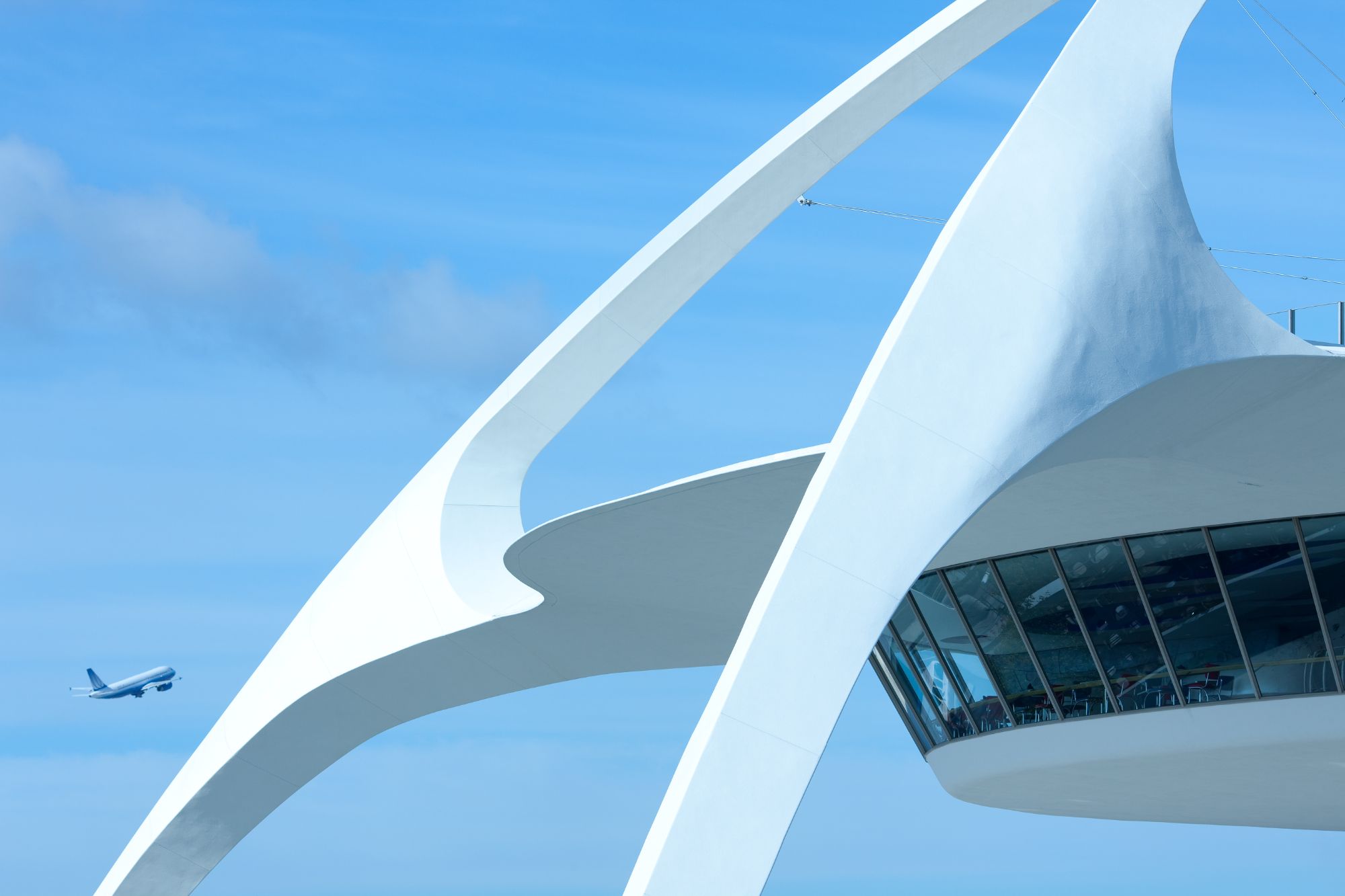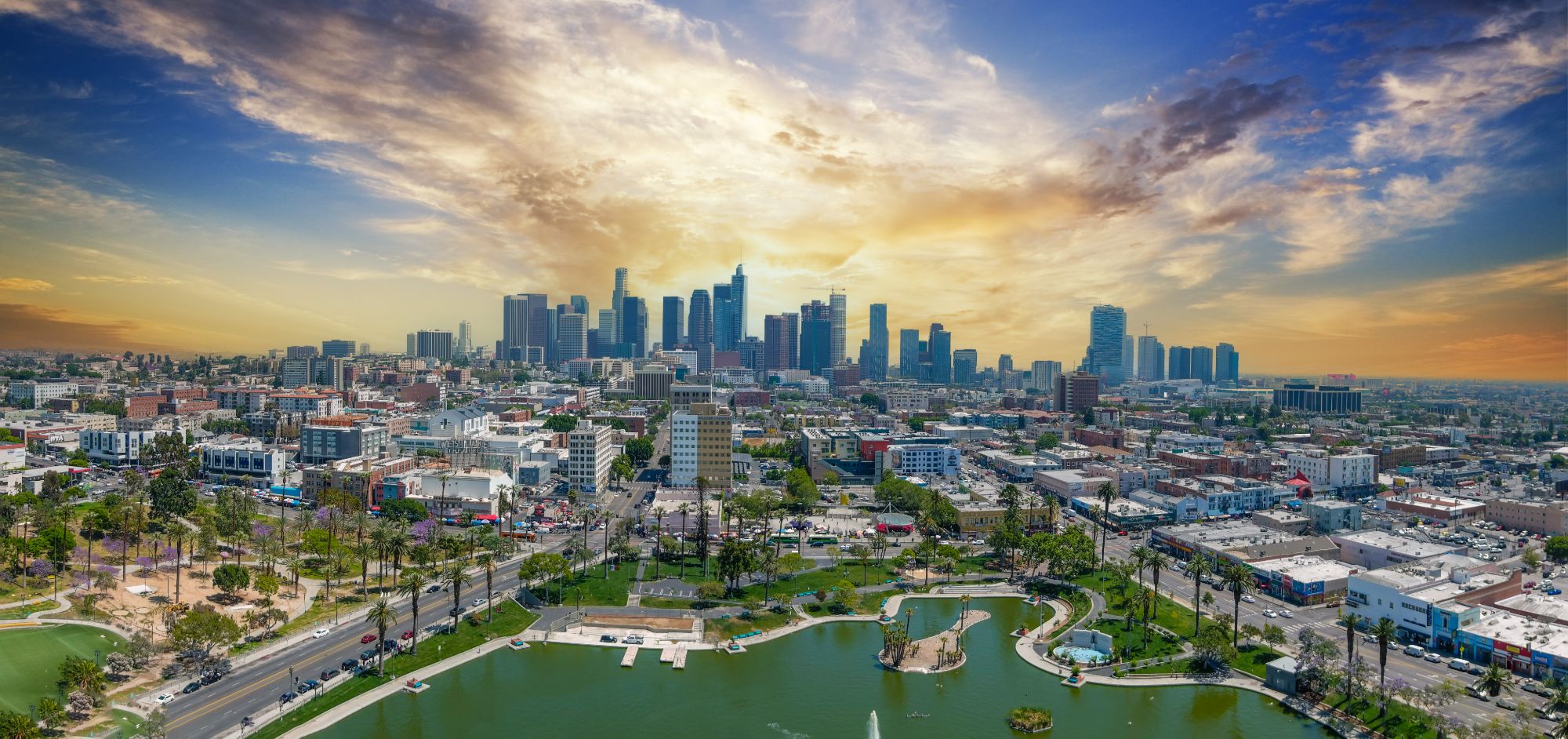The Los Angeles narrative speaks of skyscrapers elegantly reaching toward unfathomable heights and a compelling tale of architectural brilliance unfolding. The story is woven by unmistakable visionary minds, each contributing to the City’s history. Beyond the commonplace blend of concrete and steel, the annals of trailblazing Black architects, the true Masters of Form, have etched an undeniable and everlasting imprint upon the cityscape.
Consider Paul R. Williams, a luminary whose prolific career spanned from the Art Deco 1920s to the refined 1970s. Overcoming societal constraints, Williams achieved the distinguished honor of becoming the first Black member of the American Institute of Architects in 1923. His architectural compositions transcend utility, embodying orchestrated symphonies materialized in structures such as the timeless Los Angeles County Courthouse, the futuristic concept of The Theme Building at LAX, and the glamorous retreat of the Beverly Hills Hotel. Williams, in his architectural endeavors, demonstrated a mastery that extends beyond construction; it assumes the form of architectural poetry, a language of sophistication that resonates with the refined sensibilities of the ultra-wealthy. Along with public spaces, Williams was revered for designing personal properties around Los Angeles, many of which can still be seen today.

Aerial of the Beverly Hills Hotel. Photo Credit: trekandphoto/Adobe Stock.
In the mid-20th century, the narrative expands with the inclusion of Robert Kennard, the first licensed Black architect in California. His firm, Kennard Design Group, has been instrumental in shaping the landscape of Los Angeles. Noteworthy projects include contributions to affordable housing and community development, solidifying Kennard’s legacy as a pioneer in the field.
Nina Cooke John, an architect and urban designer, left a lasting mark on Los Angeles. Her work encompasses sustainable design and community development, contributing to the evolving architectural identity of the City. Notable projects reflect her commitment to creating spaces that harmonize with the environment and foster vibrant communities.
John S. Chase, the first licensed African American architect in Texas, made substantial contributions to Los Angeles. His modernist influences are evident in projects such as the Mafundi Institute and the Dr. Martin Luther King Jr./Drew Medical Center, both of which stand as testaments to Chase’s commitment to architectural innovation and social impact.

The Theme Building at LAX. Photo Credit: Jose Luis Stephans/Adobe Stock.
Harold Williams, known for his expertise in affordable housing, has significantly shaped the urban fabric of Los Angeles. His projects emphasize the importance of architecture in addressing social and economic disparities, contributing to the creation of inclusive and sustainable communities.
J. Max Bond Jr., with his national influence, made significant contributions to Los Angeles, particularly as the design architect for the Dr. Martin Luther King Jr. Memorial Library. His work reflects a commitment to architecture that speaks to the cultural and social context of its surroundings.

Aerial panoramic of Los Angeles. Photo Credit: Marcus Jones/Adobe Stock.
The legacy of these Masters of Form extends beyond architectural structures; it permeates the communities they have touched. In the eloquent words of the late Paul R. Williams, “I am doing it for humanity.” These architects’ impact transcends traditional structures, embracing inclusivity and communal spirit.
As one tours the heart of Los Angeles, it is imperative to acknowledge that these buildings are not mere facades; they are narratives. Narratives of resilience, determination, and an unwavering commitment to redefining the limits of possibility, curated with an innate understanding of the refined tastes and expectations of the ultra-wealthy. These Masters of Form have cemented an enduring legacy, shaping Los Angeles into a masterpiece of architectural diversity and inclusion.
